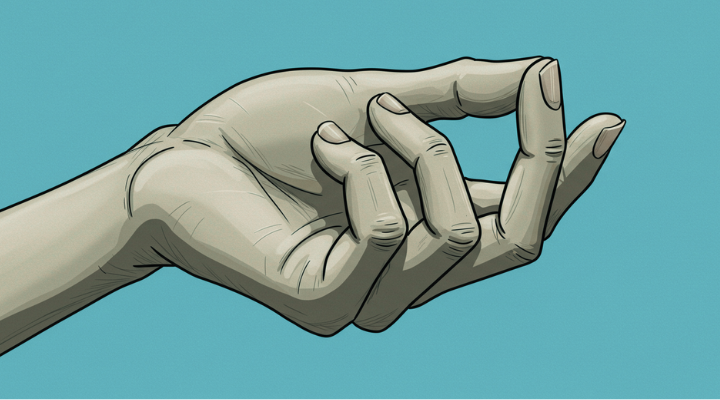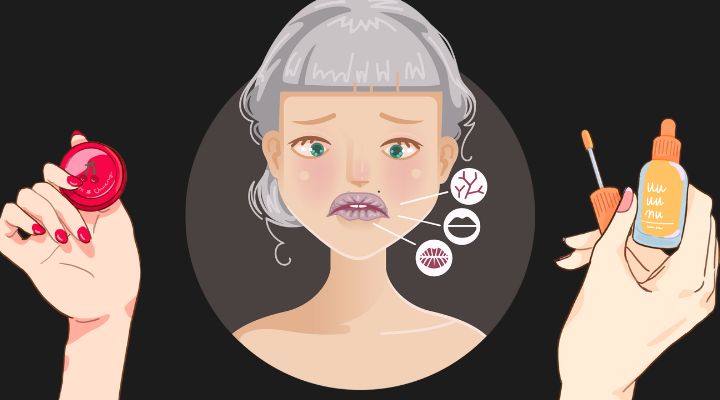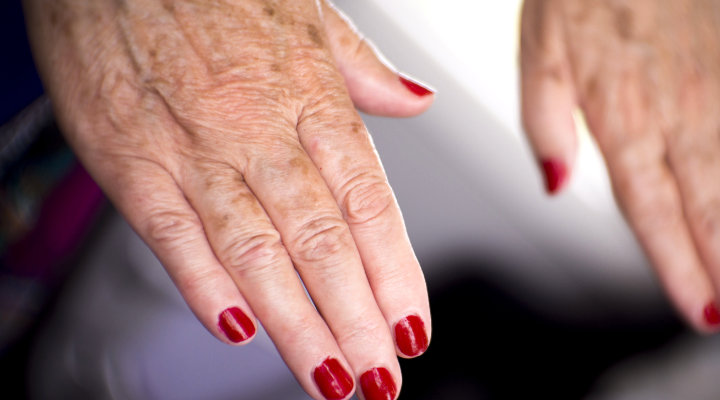Cultural and Habitual Influences
Cultural norms and personal habits can also influence whether you extend your foot out of the bed. In some cultures, the act of covering oneself completely with blankets is associated with protection and warmth, while in others, sleeping with parts of the body exposed is more common.
Additionally, habits formed during childhood can persist into adulthood. If you grew up in a household where keeping one foot out of the covers was normal, you are more likely to continue this behavior throughout your life. Over time, it becomes a habitual response to your sleeping environment, even if you are not consciously aware of it.
Improving Sleep Quality by Understanding Foot Exposure
Understanding why you extend your foot out of the bed can help you make adjustments to improve your sleep quality. By addressing the factors that contribute to this behavior, you can create a more comfortable and conducive sleep environment. Here are some tips to consider:
- Optimize Room Temperature: Keep your bedroom at a cool, comfortable temperature. Use a fan or air conditioning to regulate the temperature and provide airflow.
- Choose Appropriate Bedding: Select lightweight, breathable bedding materials that allow for better temperature regulation. Natural fibers such as cotton or linen can help wick away moisture and prevent overheating.
- Invest in a Quality Mattress: A supportive mattress that conforms to your body can reduce the need to shift positions frequently. Memory foam or latex mattresses can provide pressure relief and improve overall comfort.
- Address Underlying Conditions: If you have a sleep disorder or medical condition that affects your sleep, seek treatment to manage the symptoms. This may involve medication, lifestyle changes, or therapy.
- Develop a Relaxing Bedtime Routine: Engage in calming activities before bed, such as reading, meditation, or gentle stretching. This can help reduce anxiety and promote relaxation, making it easier to fall asleep.
Conclusion
The simple act of extending your foot out of the bed at night is a behavior influenced by a combination of physiological, psychological, and environmental factors. By understanding these underlying reasons, you can make informed changes to your sleep environment and habits, ultimately improving the quality of your sleep.







